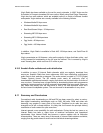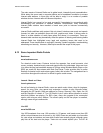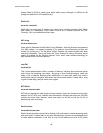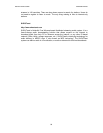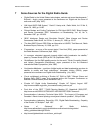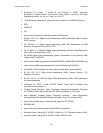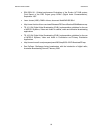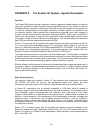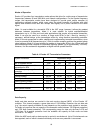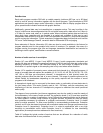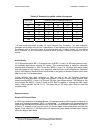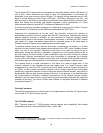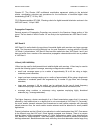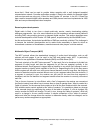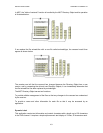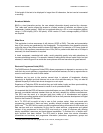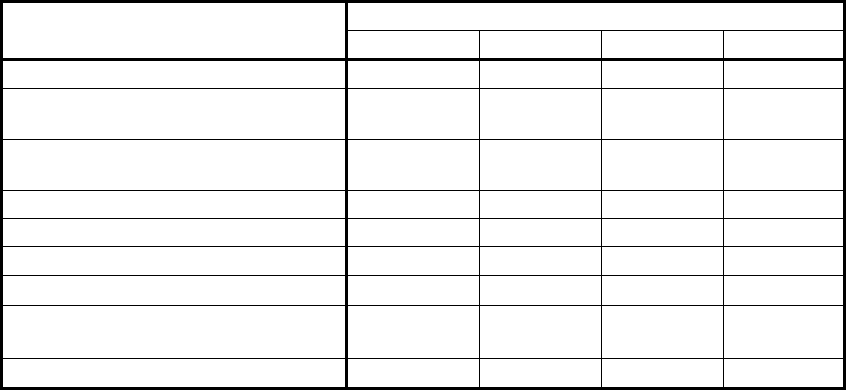
DIGITAL RADIO GUIDE APPENDIX A: EUREKA 147
95
Modes of Operation
Eureka 147 provides four transmission mode options that allow for a wide range of transmission
frequencies, between 30 and 3000 MHz, and network configurations. For the nominal frequency
ranges, the transmission modes have been designed to provide good mobile reception by
overcoming multipath echoes, which occur when the signal bounces off buildings and other
objects and receivers must deal with multiple and slightly out of phase versions of the same
signal.
Mode I is most suitable for a terrestrial SFN in the VHF range, because it allows the greatest
distances between transmitters. Mode II is most suitable for hybrid satellite/terrestrial
transmission up to 1.5 GHz and local radio applications that require one terrestrial transmitter.
Mode II can also be used for a medium to large scale SFNs in the L Band by inserting, if
necessary, artificial delays at the transmitters and/or by using directive transmitting antennas.
Mode III is most appropriate for cable, satellite and complementary terrestrial transmission, since
it can be operated at all frequencies up to 3 GHz for mobile reception and has the greatest phase
noise tolerance. Mode IV is most suitable for medium to large scale SFNs in the L Band while still
accommodating mobile reception at reasonable highway speeds (up to approximately 120 km/h).
However, it is less resistant to degradation at higher vehicle speeds than this.
Table A.1: Eureka 147 Transmission Parameters
Transmission Mode
System Parameter
I II III IV
No. of radiated carriers 1536 384 192 768
Nominal Maximum transmitter
separation for SFN
96 km 24 km 12 km 48 km
Nominal frequency range for mobile
reception
≤ 375 MHz ≤ 1.5 GHz ≤ 3 GHz ≤ 1.5 GHz
Speed/Coverage trade off No No No Yes
Frame Duration 96 ms 24 ms 24 ms 48 ms
Total Symbol Duration
1246 µs 312 µs 156 µs 623 µs
Useful Symbol Duration
1000 µs 250 µs 125 µs 500 µs
Guard Interval Duration
246 µs62µs31µs 123 µs
Null Symbol Duration
1297 µs 324 µs 168 µs 648 µs
Data Capacity
Audio and data services are carried in the main service channel (MSC) of the Eureka 147
multiplex. This channel supports a gross data rate of 2.304 MBps. However, the net data rate
(e.g., the actual capacity available for use) depends on the protection level applied to services.
For audio only services the net capacity of the ensemble varies between 783 (highest protection)
and 1728 kbps (lowest protection). The corresponding range for data only services is 576 and
1728 kbps. At a median protection level the available net capacity for both audio and data
services is 1.152 MBps.
Within the MSC each audio or data service is carried in a subchannel. Up to 63 subchannels can
be supported, each of which is treated individually as far as error protection is concerned.



